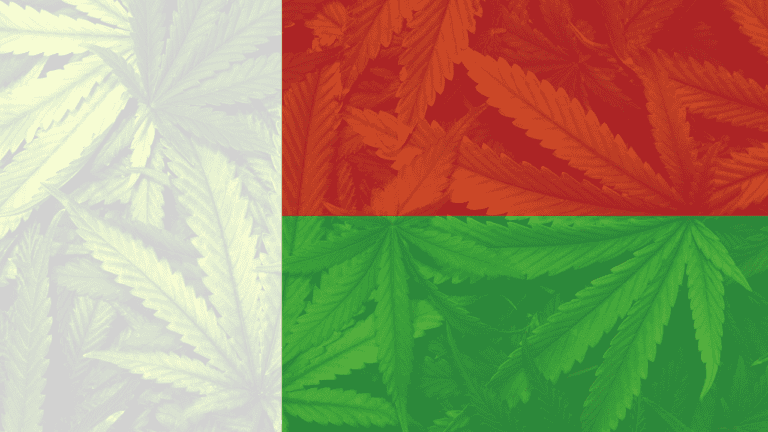Cannabis concentrates are potent products derived from cannabis. These offer a heightened level of THC compared to traditional flower forms. Extracted through various processes to isolate cannabinoids and terpenes, these concentrates provide a powerful experience for both recreational and medicinal users.
Cannabis Concentrates Facts
- Cannabis concentrates, also known as cannabis extracts, offer a more potent experience compared to traditional cannabis flowers due to their high THC levels, achieved through extraction processes that isolate cannabinoids and terpenes.
- Different types of concentrate can be found for sale such as shatter, wax, crumble, budder, and many more! These products cater to user preferences for intensity and flavor.
- The quality and safety of cannabis concentrates can be assessed through Certificates of Analysis, lab testing for chemical contaminants, and responsible purchasing from reputable dispensaries.
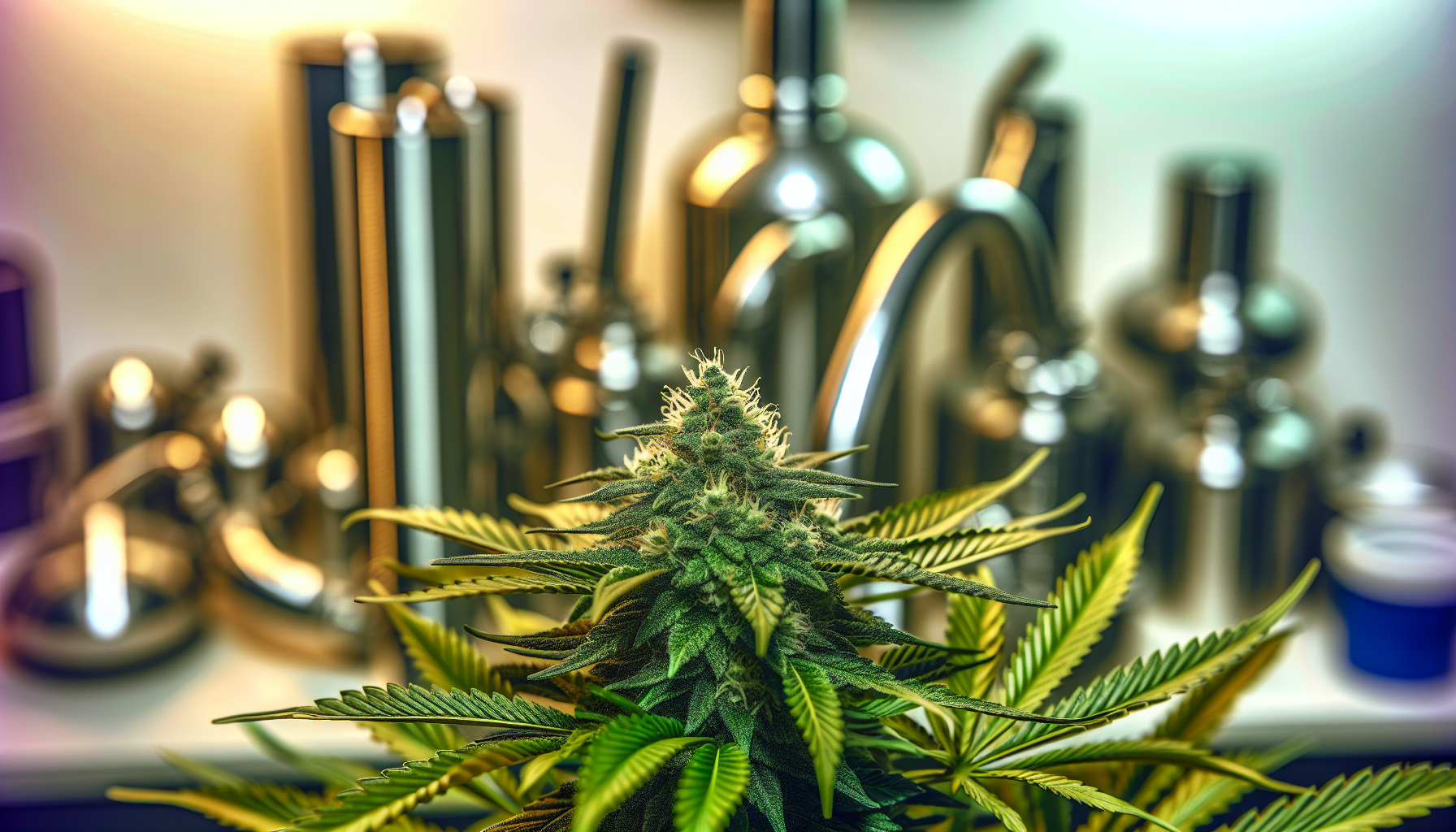
Cannabis concentrates, also known as cannabis extracts, refer to the accumulation of trichomes – the glands responsible for storing the cannabinoids and terpenes that provide the effects, aroma, and flavors in cannabis. These compounds are essential as they provide the effects, aroma, and flavors in cannabis. Moreover, the extraction process allows for a concentrated mass of these compounds, making cannabis concentrates, or concentrated cannabis, the purest form of marijuana.
But, have you ever questioned the potency of cannabis concentrates? It all depends on the extraction process, where the plant’s essential compounds are isolated and preserved to enhance the overall intensity and quality of the experience. Consuming concentrates users can experience notably higher potency levels compared to traditional flowers, with concentrates achieving potency levels of 60% or more, and certain forms surpassing 90% THC.
But not all concentrates are alike. The term ‘concentrates’ includes both solventless and solvent-based products, which contain cannabinoids and terpenes extracted from the marijuana flower. These products offer a concentrated form of the plant’s compounds. On the other hand, ‘extracts’ specifically refer to those concentrates that are created using solvent-based methods. Examples of solventless concentrates include rosin, dry sift, and kief, while hash oil is typically produced using solvents.
The Extraction Process
The most intriguing part of it all lies in the extraction process. Extraction is the technical term used to describe the process of making concentrates, with one common extraction method being butane hash oil (BHO) extraction, which uses butane as a solvent to separate the cannabinoids and terpenes from the plant material. This process involves using solvent-based techniques, such as butane, carbon dioxide, ethanol, and propane, or solventless techniques, which utilize water, heat, pressure, or a combination of physical actions to separate trichome glands from the plant materials.
Types of Cannabis Concentrates
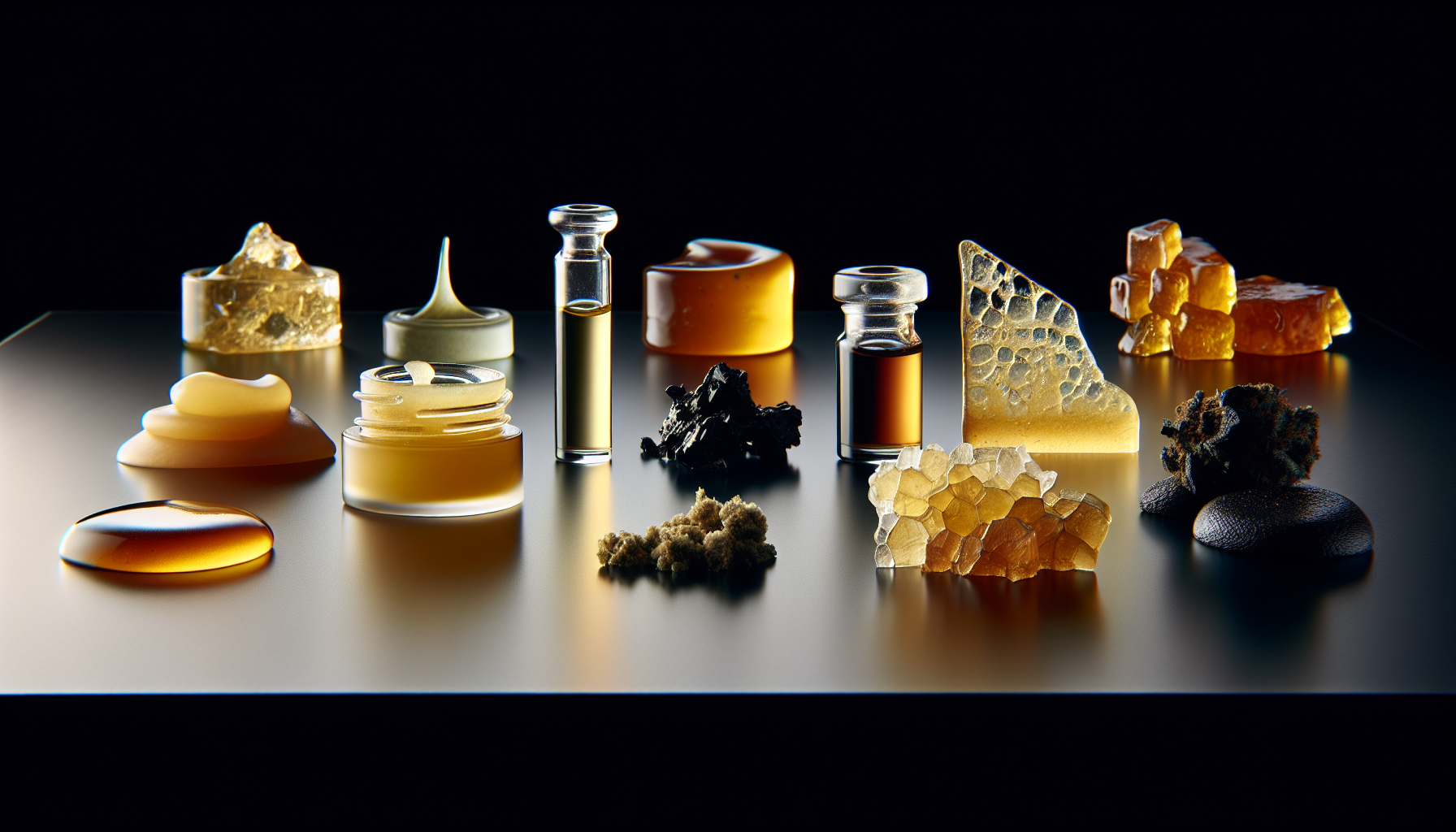
Various types of cannabis concentrates exist, each possessing unique characteristics, textures, and potencies. Some of the prevalent types are:
- Shatter
- Wax
- Crumble
- Budder
- Oils, often known by colloquial terms like badder and batter
- Honey oil is used to describe certain cannabis concentrates with a viscous, honey-like consistency.
Wax and Budder: Sticky Situations
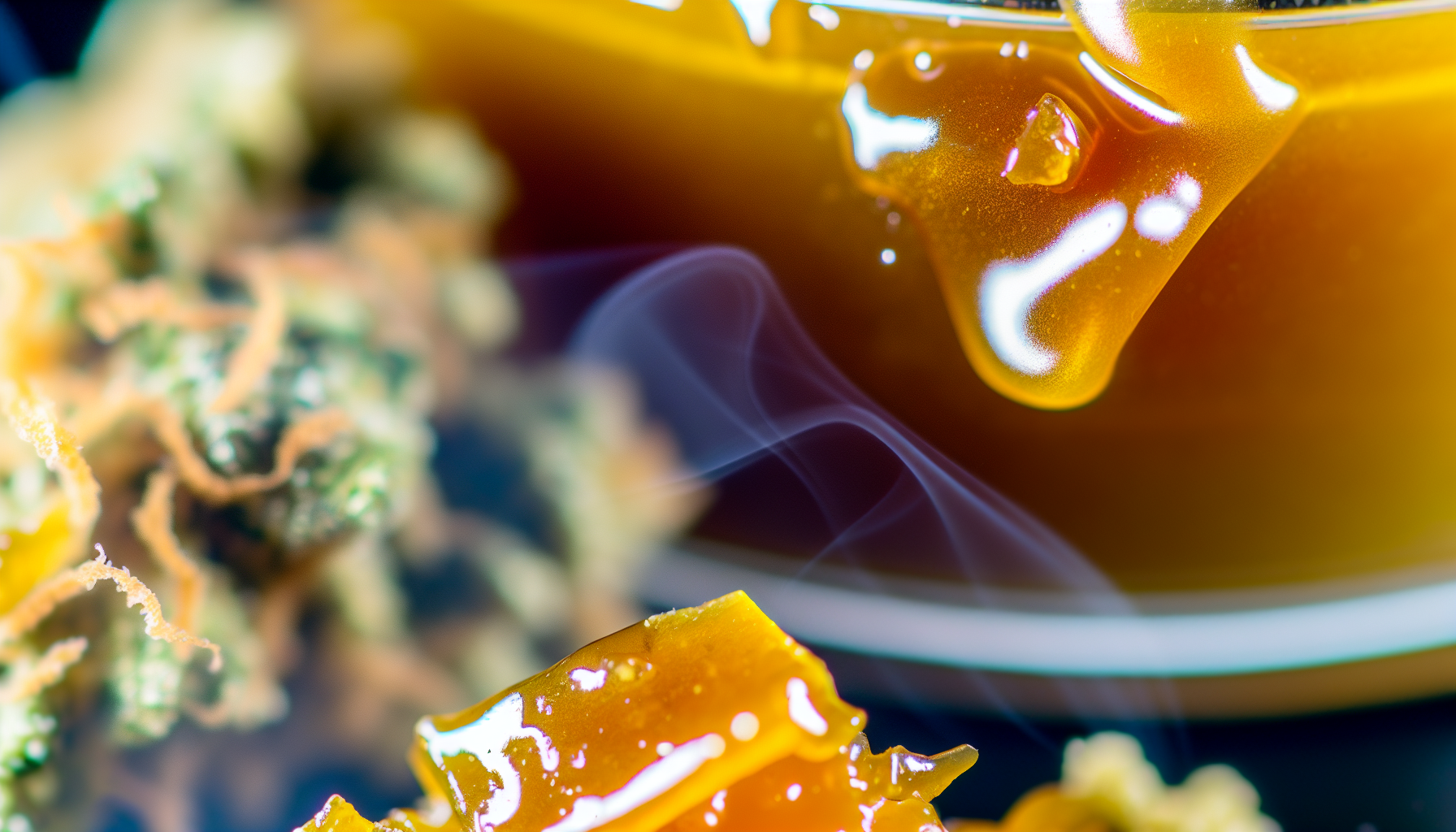
Focusing more on concentrates, we delve into the specifics of wax and budder. Wax concentrates are highly concentrated forms of cannabis with a sticky wax consistency, typically having a dense, golden appearance. Budder is known for being sticky and gooey, with a slightly oily and soft texture, and a sun yellow to bright orange coloring. Wax and budder concentrates are commonly consumed through the use of dab rigs or vaporizers, allowing users to experience the concentrated flavors and aromas they offer.
In terms of potency, wax concentrates typically exhibit a potency range of 60% to 80% THC, occasionally surpassing 90%, and are accompanied by noticeable terpene levels of approximately 5.9%, suggesting a product that is abundant in flavor and aroma when subjected to meticulous extraction processes. So, if you’re seeking a potent and flavorful experience, wax and budder might just be your go-to concentrates.
Shatter and Crumble: Breakable Brilliance

Shatter and crumble form another intriguing duo in the realm of cannabis concentrates. Here are some key differences between the two:
- Shatter is known for its glass-like structure that can break easily, while crumble has a crumbly, honeycomb consistency.
- Shatter has a brittle, glass-like texture and typically appears in a golden yellow to bright amber color.
- Crumble often has a matte or dull finish and a color resembling budder or badder.
When it comes to potency, shatter and crumble concentrates are known for their high potency, often containing THC levels of up to 90%. So, if you’re after a potent high with a longer shelf life, shatter and crumble are worth exploring.
Oil Varieties: Fluid Versatility
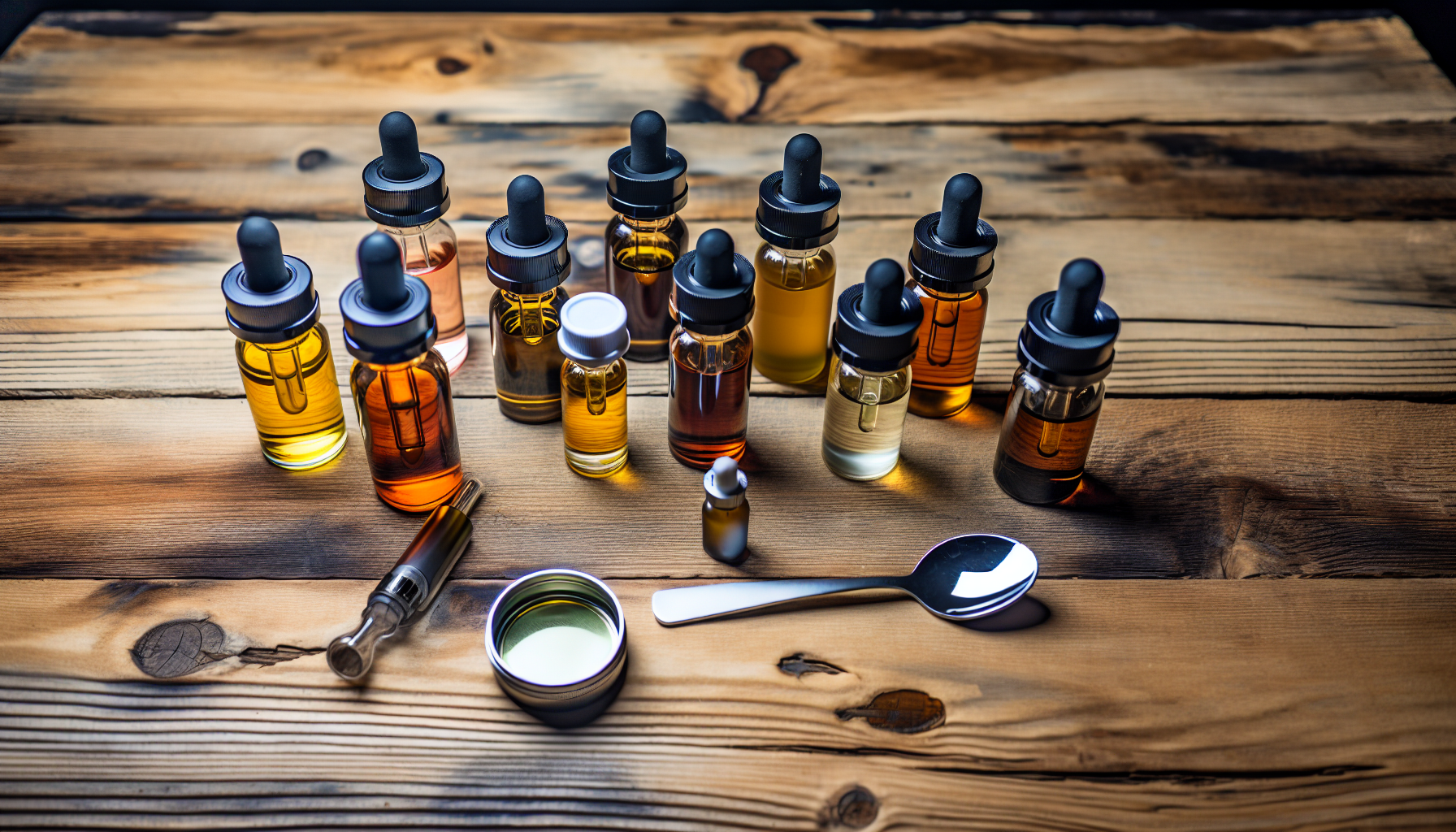
Now, we shift our focus to the fluid versatility found in the varieties of oil. CO2 cannabis oil, for instance, is manufactured using supercritical CO2 extraction, a method that leverages the distinct properties of CO2 gas at its supercritical point to extract a range of cannabinoids and terpenes from the cannabis plant. This technique is renowned for yielding premium products containing a comprehensive array of the plant’s compounds.
RSO (Rick Simpson Oil), on the other hand, stands out as a highly potent oil derived from the cannabis plant’s flowers, renowned for its substantial THC content. It is distinct because of its powerful psychoactive impact and is utilized for its purported therapeutic attributes. The utilization of cannabis concentrate oils in topicals can result in pain relief, reduced sebum production and erythema, and alleviation of other discomforts, all without inducing psychoactive effects.
Edibles and Topicals
Beyond inhalation, edibles and topicals offer alternative methods for consuming cannabis concentrates. Edibles refer to cannabis-infused food products that are ingested orally, providing a sustained and potent effect that usually takes around two hours to take effect. When incorporated into edibles, cannabis concentrates provide increased potency, intensified and prolonged effects, and enhanced flavor attributed to the terpenes found in the extracts.
Topicals, on the other hand, refer to cannabis concentrates that are administered on the skin. They are specifically formulated to offer localized relief without causing a psychoactive effect, making them suitable for therapeutic purposes that prioritize non-psychoactive applications.
So, if you’re looking for alternative, smoke-free methods of consuming cannabis concentrates, edibles and topicals offer long-lasting effects and targeted relief.
Navigating Concentrate Quality and Safety
Given the broad variety of cannabis concentrates, it’s essential to ascertain the quality and safety of your chosen concentrate. A Certificate of Analysis (COA) is a validated document that offers information on product potency and is crucial for consumers to ensure the absence of heavy metals, pesticides, molds, and bacteria in the product. The components of the lab testing process for cannabis concentrates include conducting chemical analysis to ascertain the total THC concentration levels and to verify the absence of residual solvents, pesticides, molds, mildew, heavy metals, and mycotoxins.
THC concentrates are considered safe for use when obtained from a reputable dispensary and used responsibly. It is important to ensure a reliable source and use them responsibly. Prior to making a purchase, customers should thoroughly examine the COA (certificate of analysis) to ensure the safety and quality of the concentrated product.
The Importance of Lab Testing
Laboratory testing of cannabis concentrates is vital to confirm adherence to quality and safety standards. It yields precise and dependable data regarding the products’ quality and safety. The potency of cannabis concentrates is verified through the use of methods such as high-performance liquid chromatography (HPLC) with UV detection and gas chromatography (GC) with flame ionization detection (FID) in lab testing.
Commonly employed techniques in laboratory analysis of cannabis concentrates include:
- GC/MS
- Gas chromatography/flame ionization detection (GC/FID)
- HPLC
- PCR for strain analysis
The established criteria for lab testing of cannabis concentrates involve meeting the AOAC International standard method performance requirements for quantitation of cannabinoids in plant materials of hemp and adhering to state-specific guidelines for quality testing.
Selecting Safe Concentrates at Your Local Dispensary
Selecting safe concentrates at a local dispensary necessitates brand research, lab result reviews, and counsel from informed staff. Consumers can verify the authenticity of lab results for cannabis concentrates by contacting the lab that tested the product with the Certificate ID from the Certificate of Analysis. Additionally, they should confirm that the THC and CBD concentrations on the COA align with the product label.
Indicators of potential safety issues with cannabis concentrates include:
- Abnormal coloring like dull brown
- The existence of gray or white spots
- Webby textures
- Suspiciously low pricing
- Absence of appropriate documentation
- Any indications of unprofessional behavior from the supplier or lab
Dispensary staff can assist customers in choosing safe cannabis concentrates by offering expert advice and maintaining a clean, professional workspace. Their knowledge and environment contribute to consumer safety and the reliability of the products.
The Therapeutic Angle: Medical Uses of Concentrates
Apart from their recreational appeal, cannabis concentrates also provide therapeutic benefits for medical patients. They are utilized for:
- Pain management
- Anti-inflammatory effects
- Mood enhancement
- Increased energy
- Improved creativity
Additionally, CBD oil, extracted from cannabis concentrates, is widely recognized as a natural remedy for a range of health issues.
Cannabis concentrates have been shown to provide relief for patients with various medical conditions, including:
- Chronic pain
- Muscle pain
- Nausea
- Anxiety
- Nerve pain
- Depression
- Paresthesia
- Chemotherapy-induced nausea and vomiting
- Weight loss in HIV/AIDS patients
- Sleep disorders
The potency and efficacy of these concentrates make them a promising alternative for patients seeking potent relief.
Cannabis concentrates offer a potent and versatile experience, with a variety of types and consumption methods to suit individual preferences. Whether you choose to dab, vape, or consume edibles, the intense potency of these concentrates offers a unique experience. Ensuring the quality and safety of your chosen concentrate is essential, so always buy from reputable dispensaries and verify lab results. For medical users, these concentrates can provide potent relief for a variety of conditions. Dive into this potent world and discover the power of cannabis concentrates!
Frequently Asked Questions
What are cannabis concentrates good for?
Cannabis concentrates are good for making vape oils, edibles like brownies, and cannabis condiments, as well as offering diverse flavors and effects in vape pens and cartridges. Try incorporating them into your preferred consumption method for a unique experience.
Are concentrates stronger than Bud?
Yes, concentrates are stronger than Bud, with THC levels ranging from 40 to 80 percent compared to 10-25% THC in marijuana buds. This makes concentrates up to four times stronger in THC content.
What’s the difference between dabs and concentrates?
Dabs are a specific type of concentrate, often referring to products made from butane hash oil. However, the term “dabs” is sometimes used colloquially to refer to concentrates extracted in other ways, leading to further variations in products and terms.
Are concentrates the same as edibles?
Yes, edibles are infused with THC concentrates and extracts, making them classified as concentrates. Therefore, they are considered the same.
How can I consume cannabis concentrates?
You can consume cannabis concentrates through dabbing, vaping, or by incorporating them into edibles and topicals.




